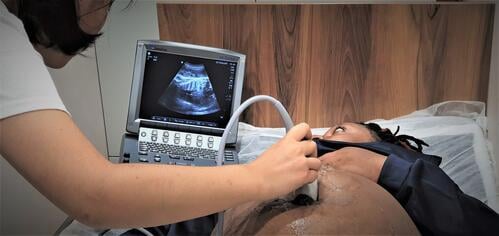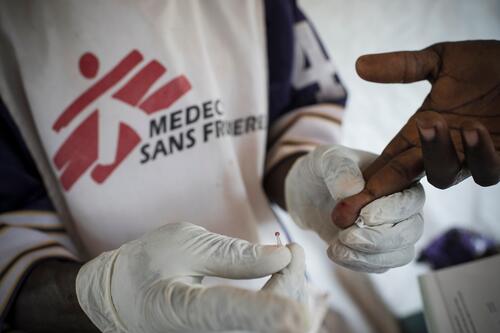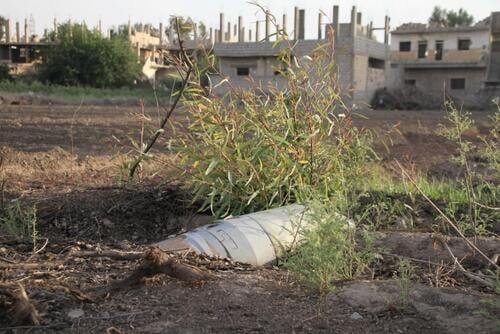The international medical guidelines team at Médecins Sans Frontières (MSF) has this month launched a new edition of its two main guides, Clinical guidelines and Essential drugs, available in several languages for use in MSF projects and beyond.
To find out more, we spoke to Véronique Grouzard, a former MSF nurse who is now a medical editor and contributes, with the medical guidelines team, to the production of these two handbooks and many others.
Can you tell us a little more about MSF’s international medical guides? What are they?
The guides contain practical recommendations for the implementation of specific medical activities in the field. They explain, for example, how to diagnose and treat certain diseases, how to run a vaccination campaign, etc.
We started to produce guides in the 1980s, with our first publication Clinical guidelines. Then came Essential drugs. Today, these guides are still the most widely disseminated.
Over time and as needs changed, we developed more specialised guides focusing on obstetrics, transfusion, HIV, managing epidemics (cholera, measles, meningitis), etc. Today, we continue to publish new guides as new tools develop (for example, ultrasound equipment) and operations in the field evolve (for example, viral haemorrhagic fevers).
Various MSF guides are available not only in print versions, but also online and through the MSF Medical Guidelines mobile application, where regular updates of Clinical guidelines and Essential drugs can be consulted.

Our guides are distributed to tens of thousands of people around the world. They are part of the World Health Organization’s emergency health kits, which are distributed in crisis settings of displaced populations.Véronique Grouzard,medical editor and former MSF nurse
Who are these guides for and what is their impact?
The guides are intended for use mainly by medical staff, even if some have a logistical component. Most are designed for a wide range of health professionals. However, some may target a specific profession (laboratory technicians, for example).
To reach as many staff as possible, most of the guides are published in two languages. The 2019 edition of Essential drugs is available in four languages (English, French, Spanish and Arabic) and an Arabic version of the 2019 edition of Clinical guidelines will soon be added to the versions currently available (English, French, Spanish).
Our guides are distributed to tens of thousands of people around the world. They are part of the World Health Organization’s emergency health kits, which are distributed in crisis settings of displaced populations. In addition, 10,000 readers access the online guides every day.
Why do you think these guides are important? What is their added value?
Initially, the guides were created to respond to a need for coherence, continuity and capitalisation of experience, despite the renewal of teams in the field.
Coherence, because the recommendations are developed in line with the equipment and means available in the field.

The guides represent the construction of know-how gained through our operations. They evolve over time as they are continually reviewed and improved.Véronique Grouzard,medical editor and former MSF nurse
Continuity, because when a doctor arrives in the field and does things his way, then the next one does things differently, it becomes very complicated for the medical staff on-site. We need to consider medical protocols over time and not according to the personal opinions of each person.
These guides also enable us to capitalise on our collective experience. The guides represent the construction of know-how gained through our operations. They evolve over time as they are continually reviewed and improved.
There’s also the objective of simplifying case management. It’s particularly useful in humanitarian emergencies, in environments where there are limited technical facilities. MSF adapts protocols, as the means available in the field are not those of a university hospital in an industrialised country. Simplification is far from easy.
Guides like these require a lot of work. How does the guidelines team manage to produce them? Who writes them?
It’s a collaborative effort in which the international medical guidelines team (composed of writers, editors, translators, etc.) participates, as well as contributors from MSF’s medical departments and experts from other institutions.
We encourage all medical staff in the field to take part in improving these guides by writing to the team via the “contact” page of the MSF Medical Guidelines website and leaving critiques or constructive comments, accompanied by references and proposals. It’s very important to receive feedback from the field.






